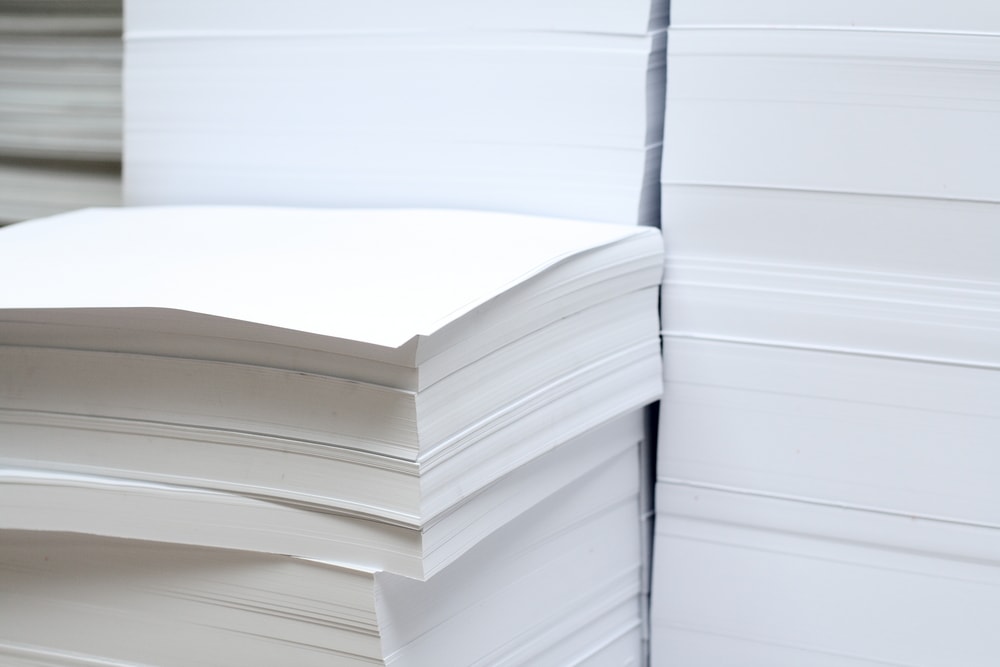When you’re managing a larger company, it can be easy to lose track of day-to-day spending on office supplies, kitchen necessities, and other small “petty cash” expenses. However, it’s important to keep an eye on these expenditures – and ensure that your spending doesn’t get out of hand. This can save you tens of thousands of dollars in the long run.
How can you assess your company’s paper-buying behavior? With this step-by-step guide from Double A Paper!
- Start By Measuring Spending
You can’t assess costs and benefits if you don’t understand the cost of an item – so this is the best place to start. Begin by measuring spending on paper products. Whether you are in charge of ordering paper yourself, or you have an employee who handles office supply purchasing, request a record of past purchases.
If no such record exists or isn’t easily available, create one. Within a few months, you’ll be able to identify trends in your company’s spending habits that you may be able to curb for more effective budgeting.
Related: When to Consider Switching Paper Brands
- List Every Item Purchased – And How It’s Used
Make a list of each paper product you purchase, and how/why it’s used. For example, copy and printer paper is used to print documents. Notepads and journals may be used by designers and other employees. Sticky notes may be used by all workers, and so on.
Make a list of the different paper products you buy, and how they’re used. Consider how essential each one is, and its purchase and function.
- Calculate The Annual Cost Of Your Paper Products
After monitoring your paper expenditures for a few months, it should be easy to project your annual expenditures. While this number may vary somewhat depending on your current stock of supplies, it will give you a ballpark estimate of what you’re paying.
- Compare Costs And Benefits
Cost alone should not be the only deciding factor. For example, if your company has signed up for a green initiative, and is trying to reduce environmental impact, you may want to choose sustainably-sourced paper from a company like Double A Paper.
Other additional intangible costs may include employee satisfaction. Designers may be unhappy, for example, if they have their high-quality notepads and sketch paper replaced with an inferior product. On the contrary, if they print their artwork on high-quality paper and use both sides to be conscientious, they may be please to find that the images don’t bleed through.
Related: What’s Trending in the World of Paper? A Move Toward Sustainability
- Make Changes, As Necessary
After you’ve weighed your expenditures, considered alternative paper products, and performed a comprehensive cost-benefit analysis, it’s time to make any necessary changes.
After doing so, continue monitoring paper expenditure – and repeat this process yearly to ensure that you’re spending the proper amount of money on paper products.
Follow This Guide To Choose The Right Paper Products!
Whether you currently use sustainable paper from Double A Paper, or any other paper products, this guide will help you eliminate unnecessary expenditures, and run a more lean and efficient business.

